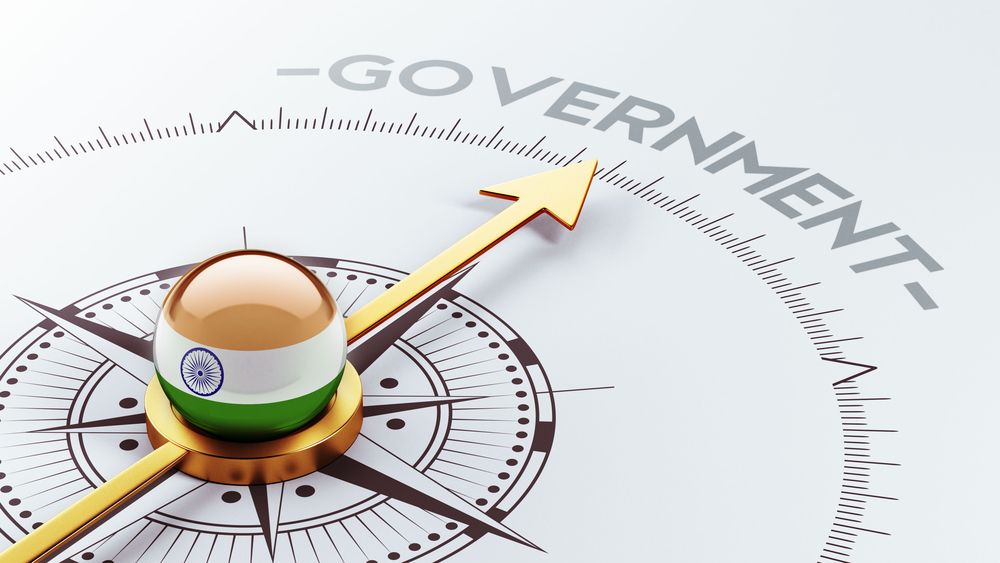India: The Year of Living Democratically

Please note that we are not authorised to provide any investment advice. The content on this page is for information purposes only.
Last year was a high voltage year for Indian politics. Debates and deliberations across political and non-political arenas focused on the values and institutions forming the bedrock of Indian democracy. Questions of tolerance, secularity, the right to free speech and the protection of minorities’ interests became subjects for reflection in an increasingly urban India.
Meanwhile, government bans on Maggi products, beef, NGOs and pornography-provoked reactions from Bollywood celebrities as well as British and American media outlets.
Last year was a high voltage year for Indian politics. Debates and deliberations across political and non-political arenas focused on the values and institutions forming the bedrock of Indian democracy. Questions of tolerance, secularity, the right to free speech and the protection of minorities’ interests became subjects for reflection in an increasingly urban India.
Meanwhile, government bans on Maggi products, beef, NGOs and pornography-provoked reactions from Bollywood celebrities as well as British and American media outlets.
An upsurge in the usage and impact of social media moulded these debates. Trending posts on Twitter and Facebook became breaking news. Yet some issues, especially those facing rural India, failed to acquire the same media weight — namely, the pressures of acute poverty, malnutrition and suicides due to failing crops.
As 2016 begins, India’s institutions are facing a major credibility crisis. On the legislative side, a disruptive tit-for-tat policy is now routine in both houses of parliament, making the passing of bills like the proposed Goods and Services Tax as well as insolvency and bankruptcy laws a major hurdle.
On the executive side, progress on implementing existing economic reforms has been sluggish. The issue about non-performing assets in public sector banks has largely remained unresolved. No lucid implementation strategy is in place for recruiting better managers for public sector undertakings. There has been little progress on energy reforms and they postponed the ‘modest disinvestment target’ of US$11 billion. Worse is the performance of the health and education sector, with cuts to central funding and hardly any meaningful reforms are on the way.
On the judicial side, there is excessive pressure on the existing number of courts to perform their function of delivering timely justice. There is still an urgent need to increase the number of district court staff, especially at the local level in less developed states like Uttar Pradesh, Bihar and Madhya Pradesh.
Moreover, given the dysfunctional legislative and executive wings of government, the Supreme Court seems to have acquired an overarching responsibility — beyond its constitutionally derived powers — to perform checks and balances throughout the law making process. While the purview of the Supreme Court’s power to act in this regard is debatable, there is an institutional need to ensure accountability in the judicial review process.
Yet judicial activism has sparked controversy. There was an uproar over the Supreme Court’s decision to overturn the 99th constitutional amendment regarding the establishment of a National Judicial Appointments Commission, tasked with selecting and transferring judges in the higher judiciary. In its judgment, the Supreme Court effectively claimed for itself the right to appoint judges.
The growing institutional crisis facing these three building blocks of democracy reveals weak political will and a disdain for operating under the constitutionally required separation of power. However, Prime Minister Narendra Modi alone cannot be held responsible for this current mess.
Nor is this stalled progress in enacting laws circumscribed to India. Last year in the United States, President Barack Obama also faced extreme difficulty in pursuing major goals of his administration, such as relaxing deportations, closing Guantanamo Bay, reshaping relations with Cuba and restricting access to guns. In a similar scenario to that in India, Congress stalled most of these goals, making any form of unilateral executive action extremely difficult.
After losing the Delhi and Bihar elections in 2015, Prime Minister Modi and his Bharatiya Janata Party are finding it increasingly difficult to build consensus in parliament. With no major state-level electoral victories in store for the party this year, the central government will find it more arduous to pass vital legislation. A cabinet reshuffle to foster decentralisation at the ministerial level, together with a friendlier, consensus-building outlook towards state-level governments would be a good start, especially before the 2016 budget session. By spending more time in India than abroad, Modi could also achieve more.
If India is to emerge as a global economic and political player, it is imperative that the elected state allow institutional frameworks to function effectively and safeguard the property rights, civil rights and political rights of all Indians. This year will be crucial, not only for the current government, but also for India’s eroding faith in its democratic institutional framework.
2016 will test India’s democratic framework is republished with permission from East Asia Forum




